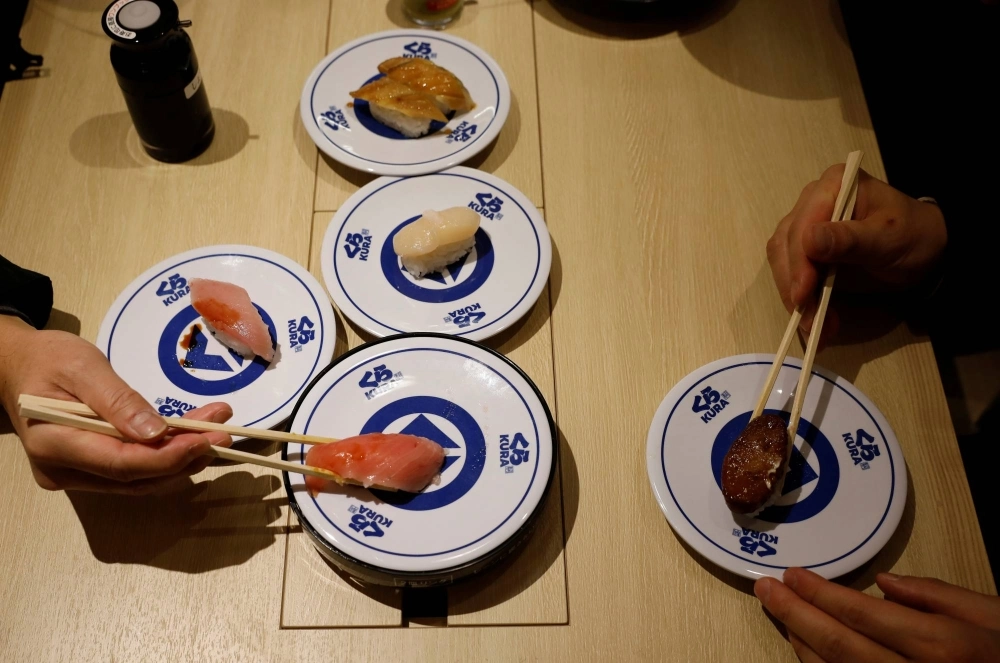Kura Sushi USA is a sensation in the stock market and on social media, soaring to a billion-dollar market value and winning a cult following with robot servers and toy prizes at its restaurants.
Yet a recent rocky stretch for the shares suggests that investors are starting to wonder whether Kura can live up to the excitement.
The U.S.-based offshoot of the famous Japanese chain that uses touchscreen menus, robots and other technology to serve low-priced dishes, Kura shares have surged more than sixfold since their 2019 debut, climbing from an initial public offering price of $14 to $88.55 as of Friday’s close.


















With your current subscription plan you can comment on stories. However, before writing your first comment, please create a display name in the Profile section of your subscriber account page.